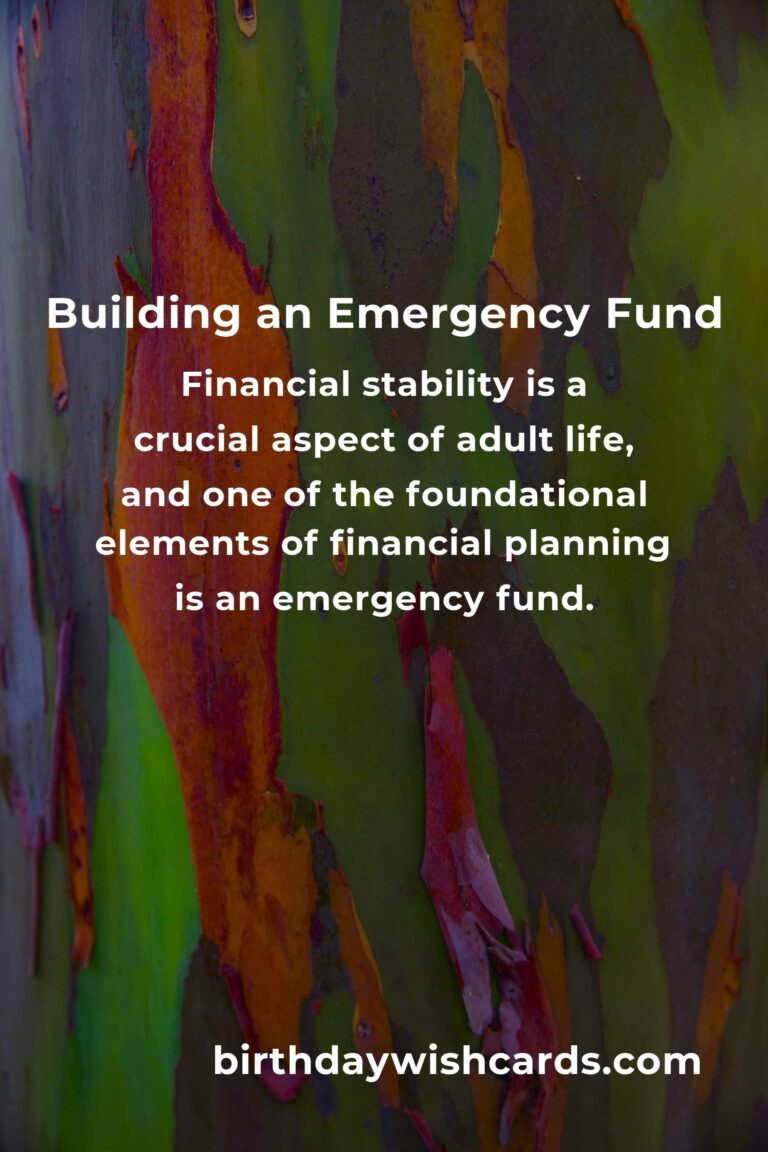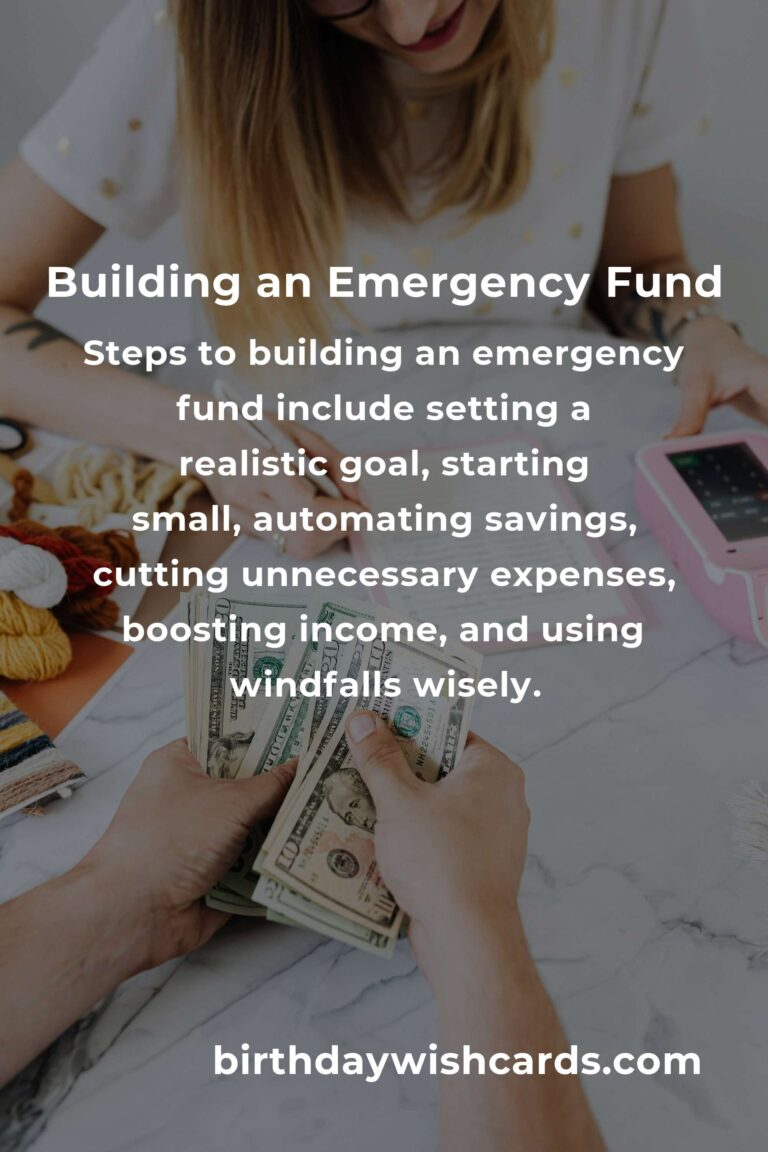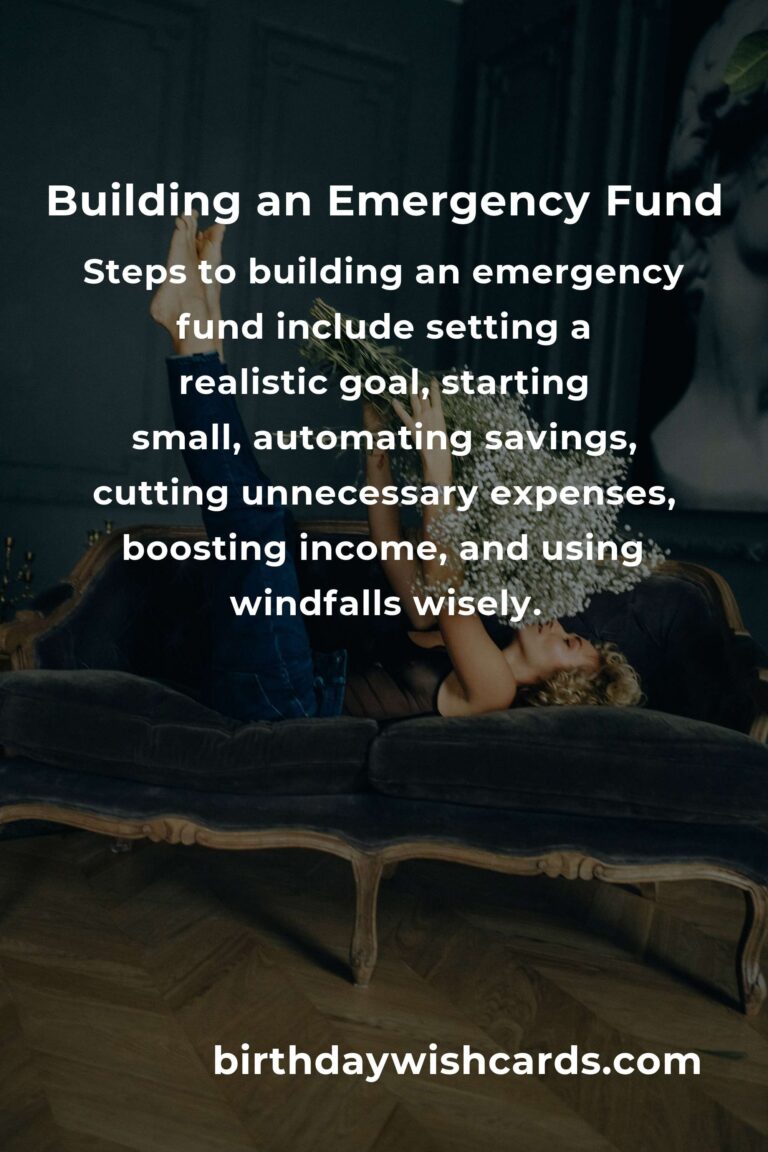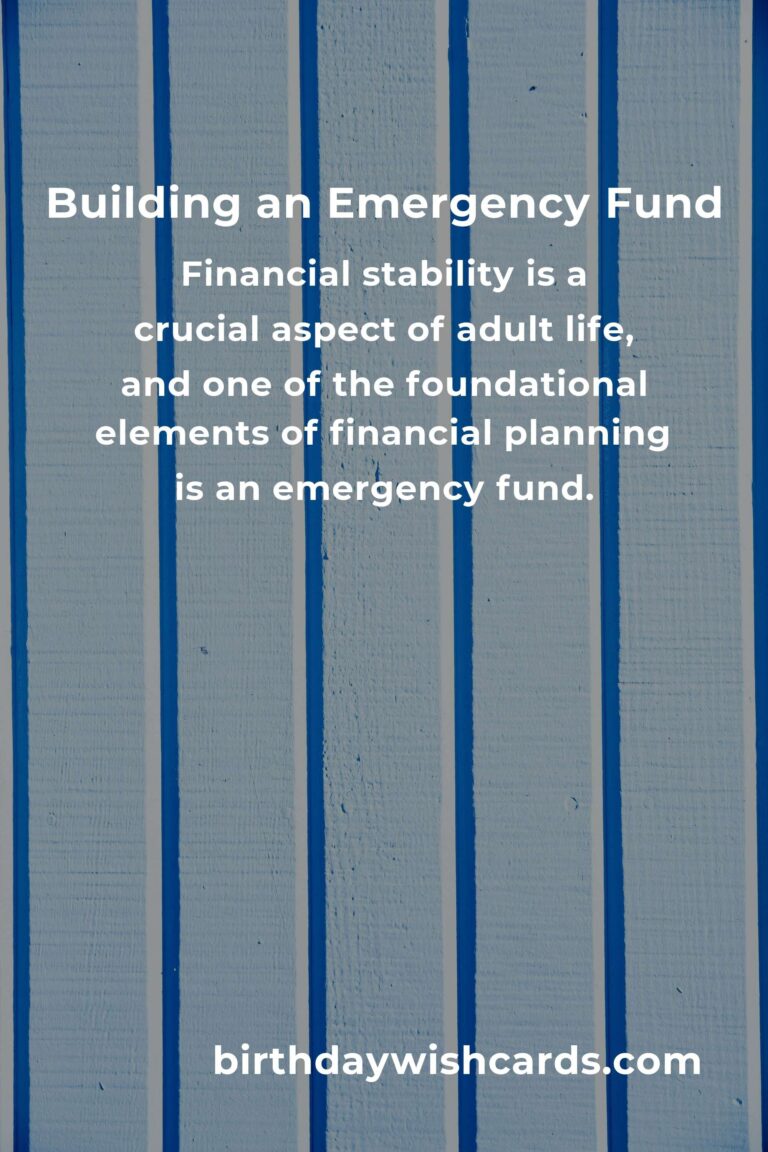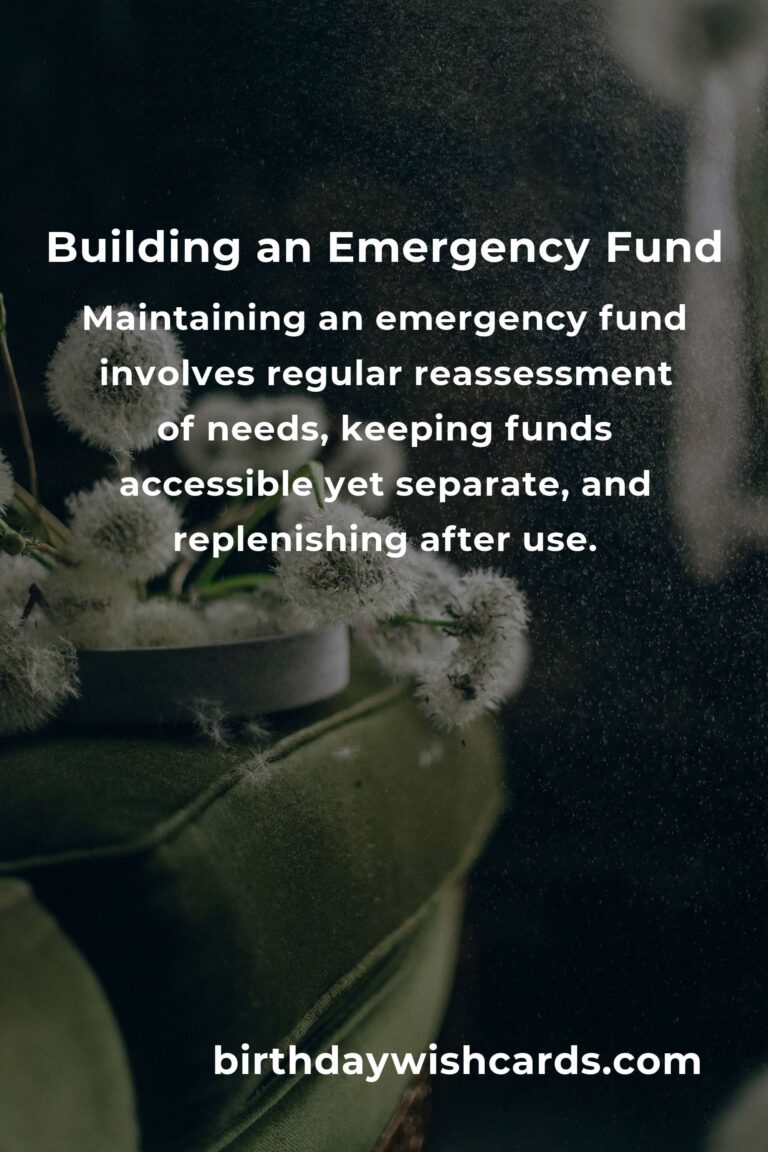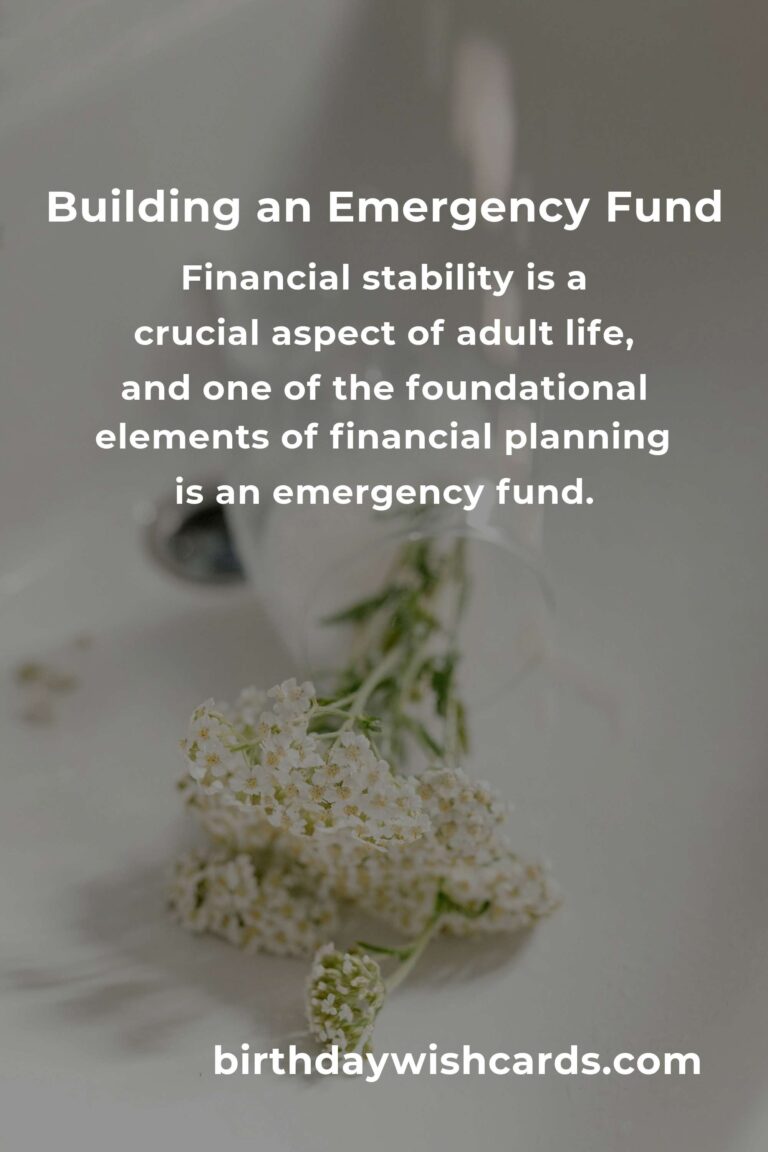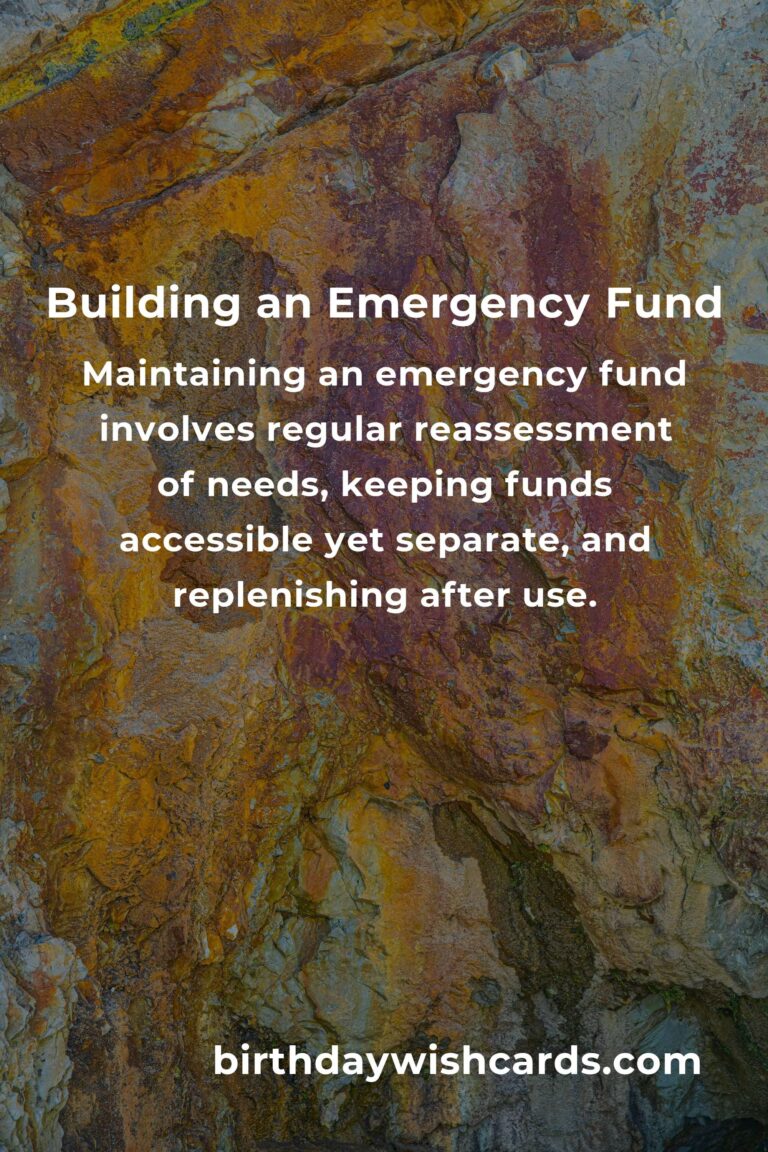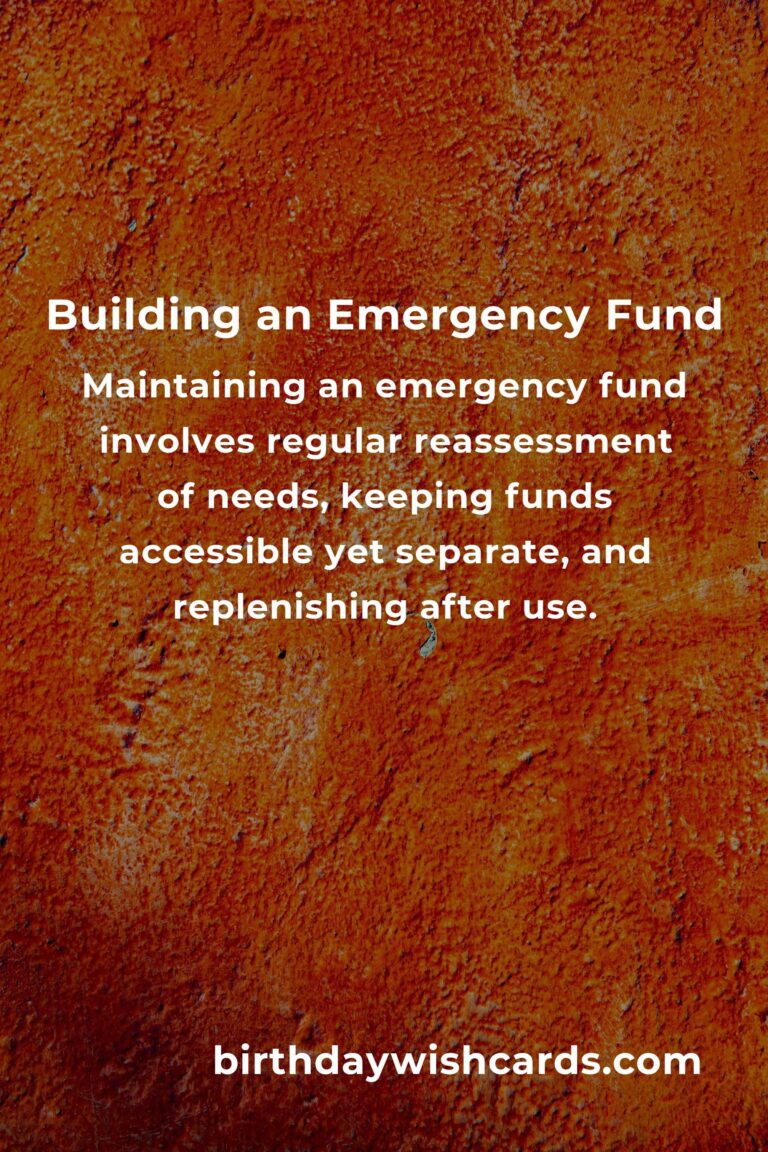
Financial stability is a crucial aspect of adult life, and one of the foundational elements of financial planning is an emergency fund. For young adults, establishing an emergency fund is especially important as it provides a safety net against unexpected expenses that can arise at any moment. In this guide, we’ll explore why having an emergency fund is essential, how to build it, and best practices to maintain it over time.
What is an Emergency Fund?
An emergency fund is a reserve of money set aside to cover unforeseen expenses. These could include medical emergencies, car repairs, sudden job loss, or any other unexpected financial burdens. The purpose of this fund is to ensure that you have access to liquid assets in times of need, so you don’t have to rely on credit cards or loans which can lead to debt accumulation.
Why Young Adults Need an Emergency Fund
Starting an emergency fund early in life provides several benefits:
- Financial Independence: Having savings gives you the confidence and independence to handle emergencies without needing to rely on others.
- Reduces Stress: Knowing you have a financial cushion reduces stress and allows you to focus on your career and personal growth.
- Prepares for Uncertainty: Life is unpredictable, and having an emergency fund prepares you for any unforeseen circumstances.
Steps to Building an Emergency Fund
1. Set a Realistic Goal
Determine how much you need to save. Financial experts often recommend having three to six months’ worth of living expenses saved. However, this amount can vary based on personal circumstances and comfort levels.
2. Start Small
Begin by setting aside a small amount each week or month. Even saving a couple of hundred dollars initially can make a difference and help build the savings habit.
3. Automate Your Savings
Set up automatic transfers from your checking account to your savings account. This ensures consistent saving and reduces the temptation to spend.
4. Cut Unnecessary Expenses
Review your monthly budget and identify areas where you can cut back. Redirect those funds to your emergency savings.
5. Boost Your Income
Consider side jobs or freelance work to increase your income. Use this extra money to grow your emergency fund faster.
6. Use Windfalls Wisely
Whenever you receive a bonus, tax refund, or any unexpected windfall, consider putting a portion into your emergency fund.
Best Practices for Maintaining an Emergency Fund
Regularly Reassess Your Needs
As your financial situation changes, reassess how much you need in your emergency fund. Adjust your savings goal accordingly.
Keep Your Emergency Fund Accessible but Separate
Your emergency fund should be easily accessible in times of need but separate from your everyday spending account to avoid the temptation to dip into it for non-emergencies.
Replenish After Use
If you have to dip into your emergency fund, make it a priority to replenish it as soon as possible.
Conclusion
Building an emergency fund is an essential step towards achieving financial security for young adults. By starting early and following a structured plan, you can create a financial safety net that protects you from life’s uncertainties and helps you maintain peace of mind. Remember, the key is to start small, be consistent, and gradually increase your savings over time.
Financial stability is a crucial aspect of adult life, and one of the foundational elements of financial planning is an emergency fund.
An emergency fund is a reserve of money set aside to cover unforeseen expenses.
Having an emergency fund provides financial independence and reduces stress during unexpected situations.
Steps to building an emergency fund include setting a realistic goal, starting small, automating savings, cutting unnecessary expenses, boosting income, and using windfalls wisely.
Maintaining an emergency fund involves regular reassessment of needs, keeping funds accessible yet separate, and replenishing after use.
#EmergencyFund #FinancialPlanning #YoungAdults #Savings #FinanceTips


